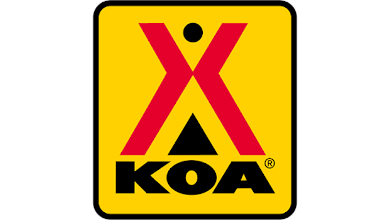Kampgrounds of America (KOA) reported a 57.3 percent revenue increase through June over 2020 in its recent Q2 business report. Compared with the same period in a record 2019, revenue increased more than 28 percent. The company also saw growth in franchise contracts in the second quarter, adding nine new campgrounds, including six new construction contracts. KOA reports a positive outlook for the rest of the year, saying that advanced deposits on future business at the end of the quarter were up more than 66 percent from the same period last year.
KOA reported an 84.8 percent increase in short-term, year-to-date revenue compared with the same period in 2020, and a 34.3 percent increase over a record 2019. This continued increase in short-term performance indicates that the KOA brand continues to resonate strongly with the camping audience, the company said.
Across short-term business, KOA experienced growth in all areas. Occupancy in the first half of 2021 was a 65.1 percent improvement over 2020 and 18.5 percent over 2019.
“The second quarter of 2020 was the period most affected by business restrictions due to COVID-19,” said Toby O’Rourke, president and CEO of KOA. “Prior to the onset of COVID-19 disruptions in mid-March last year, we were on pace to exceed 2019, our record year, by 10 percent. Last April, May and June were incredibly challenging, so it’s powerful to see both year-over-year growth and the increases over 2019. At this point, we see no signs of KOA’s performance slowing down.”
With the increasing interest in camping, concerns over site availability have been raised across the camping industry. Realizing these challenges, KOA enhanced their search functionality within KOA.com in the second quarter. Guests can now search across locations in a given area by date for available sites across campgrounds.
“We know that more campers not only present opportunity, but also challenges,” O’Rourke said. “One of the major advantageous of having a system of campgrounds is providing tools to help guests find great sites more easily. This results in more campers having enjoyable stays and increasing their likelihood to continue camping in the future.”
